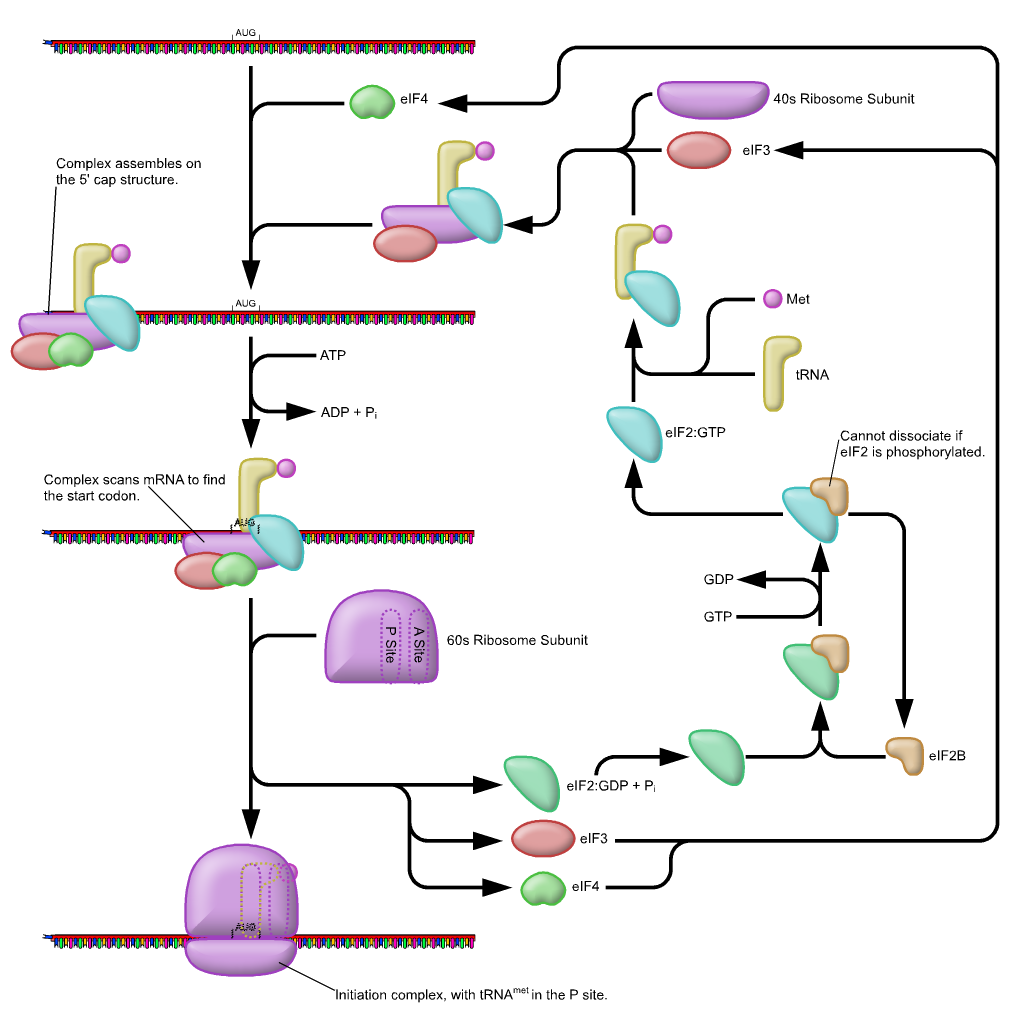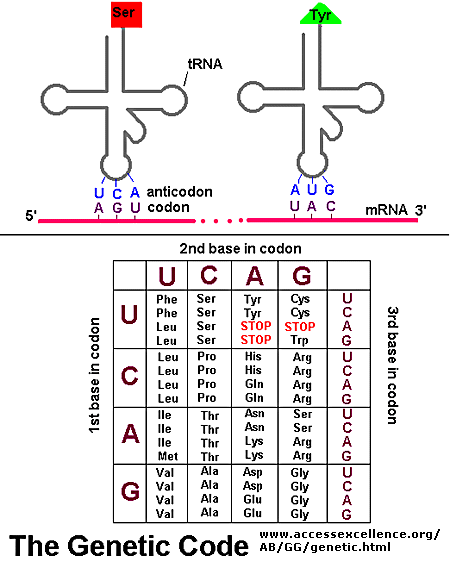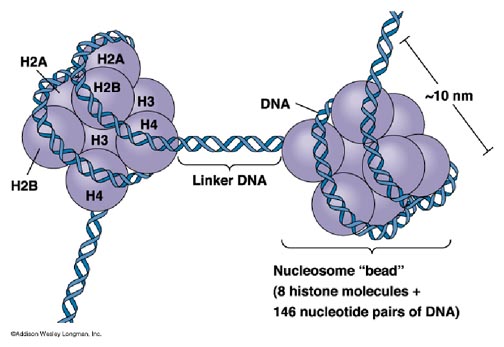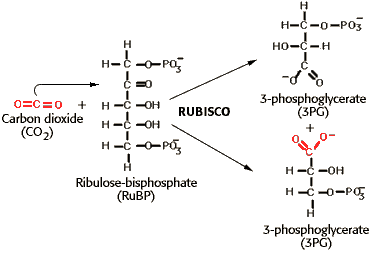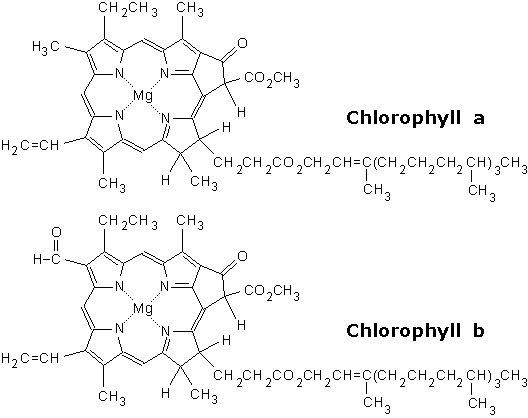
Daily Newsletter March 21, 2012
Reading:
The Eukaryotic Cell Cycle
This is an excellent overview of the cell cycle. This is considered supplemental to what is in your textbook.
Today's Topic: Cell Cycle and Regulation
The cell cycle describes the life stages of a cell. It starts just after cytokinesis, and continues until the next cytokinetic event. The period when a cell is growing between division events is known as interphase.
Interphase is divided into three distinct steps: G
1 Phase, S Phase, and G
2 Phase.
The
G1 Phase stands for Gap 1 Phase, and begins just after cytokinesis. Gap here refers to no visible change in the cell. Another good term for G is growth, and that is usually what happens during this phase. The cell is building primary products; compounds such as amino acids, phospholipids, carbohydrates, triglycerides. Usually there is an increase in cell size as well. A major goal in this phase is the development of biomass.
When the cell gets a signal to divide, the physiology of the cell changes. Metabolic pathways for creating deoxyribonucleotides are unlocked (dATP, dTTP, dGTP, dCTP). The cell will use these deoxyribonucleotides to synthesize DNA (Replication). The production of enzymes needed to replicate DNA will also be begin.
During the
S Phase, cellular metabolism is focused on DNA replication (S stands for DNA Synthesis). This is a complex event, takes time, and has consequences if there is an error; so most of the cells work is dealing with DNA replication.
Once S Phase has begun, the cell has committed its self to the process of Nuclear Division and Cytokinesis. You never replicate DNA without moving toward Nuclear division, DNA replication without nuclear division usually results in cell termination.
After DNA replication, the cell needs to build all of the proteins and compounds used during Nuclear Division and Cytokinesis. This is the goal of the
G2 Phase. The G
2 Phase will continue until the required components are constructed, and the cell receives the signal to continue. At this point the cell moves into the
M phase (which stands for either mitosis or meiosis).
Regulation,
The processes of the cell cycle is tightly regulated.
What happens in unregulated or uncontrolled cell growth?
The regulation is based on Signals (yes, we're back to signals). To maintain homeostasis, an organism must replace certain cells during its life time. For instance, humans replace skin and mucous membranes constantly. Hormones, such as insulin-like growth factors, are signals used to make sure the body maintains its self by replacing cells.
Inside of cells, there is an internal signal system based on the protein family Cyclin Depdendent Kinases (CDK). Note, this is a family of proteins involved in cell cycle regulation (they also have a few other functions). As the name implies, the protein needs a Cyclin to function. For example, CDK2 requires Cyclin E during G
1.
CDKs are always produced in mitotically active cells. (What term do we use for a protein that is always produced?) Cells don't always have Cyclin, but instead produce them in response to a signal.
Throughout the cell cycle, there are time points referred to as
Check Points. These check points are where regulation occurs. For example, to move from the G
1 Phase to the S phase, you need to produce a set of cyclins to induce the activity of CDKs. The Cyclin-CDK complexes can then phosphorylate proteins. Why would you need to phosphorylate proteins?
During the G
1 Phase, the check point determines if you turn on the production of deoxyribonucleotides and the production of replication complex enzymes. There are check points in the G
1 Phase, S Phase, G
2 Phase, and M Phase. Many of these check points are determinations of the health of the cell, or the correctness of DNA replication and chromosome condensation.
Go Phase
Some cells become non-mitotic at a given point in development. For example, nerve cells stop dividing, as do cardiac muscle cells. When a cell becomes non-mitotic, it shifts from the
G1 Phase to the
Go Phase. The cell can be locked from mitosis by blocking the genes for either CDK or Cyclin.
Daily Challenge: In your own words, describe the cell cycle. Then answer the following question: How are CDKs related to cancer?
